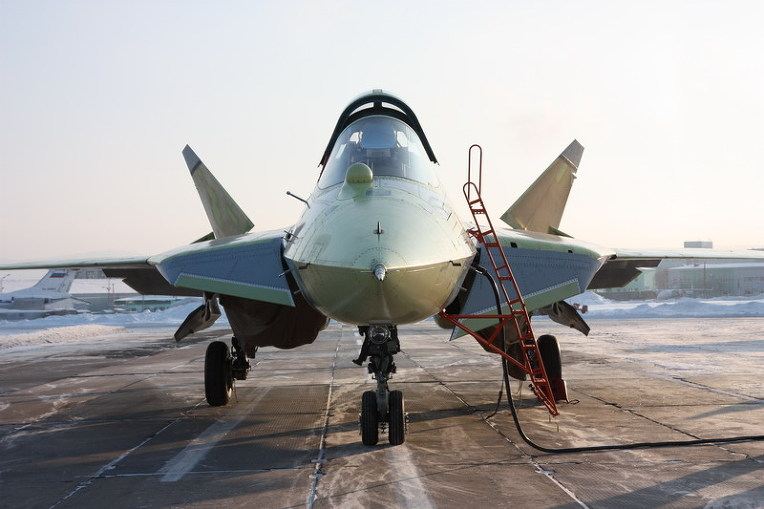未来战斗机除了具备近代先进战斗机的中低空机动性外,还要具备超声速巡航能力,以及过失速等非常规机动能力;同时,隐身特性也是一个需要重点考虑的因素 ⋯。因此,未来战斗机的气动布局,要在满足外形隐身约束条件的前提下,尽可能降低其超声速阻力,改善最大升力特性和大迎角下的稳定性、控制性,同时兼顾亚跨声速升阻特性。如此多的设计点,对气动力设计提出了新的挑战。必须采用新的气动力概念和措施,以及配套的总体与控制措施,在众多的设计点之间权衡折衷取舍,才能获得可行的解决方案。
This is the abstract of Dr. Song Weng Cong's article. Let me briefly summarize:
The "future fighter" will not only have good manoeuvrability at medium and low heights but have the ability to supercruise. The future fighter mentioned in the article is, in essence, a stealth fighter whose design will reduce drag as well as maximize lift.
I just find it funny that Dr. Song's work, presumably the result of 10s of thousands of hours of windtunnel testing, could be so easily dismissed by visual inspections of a few photographs.


